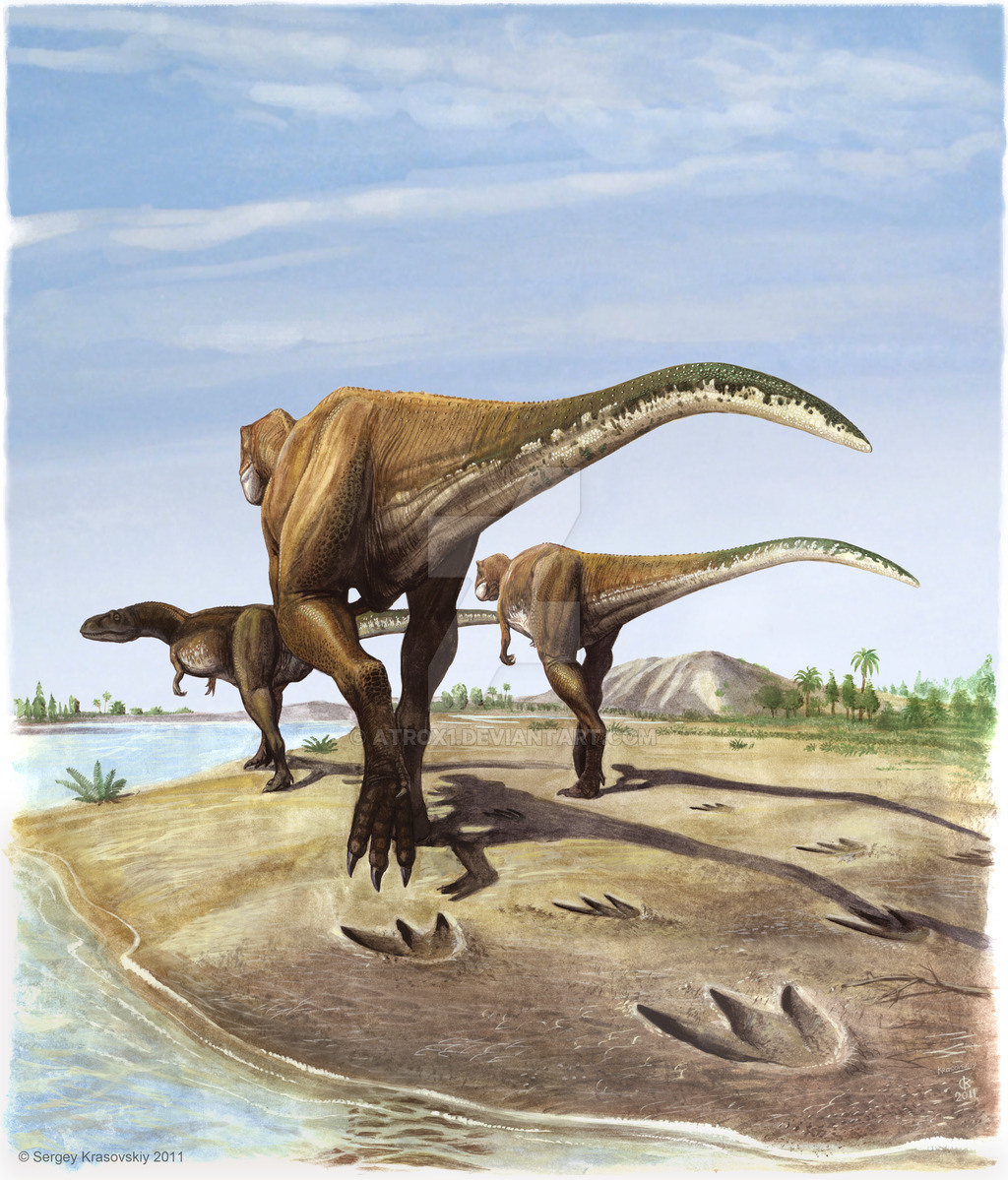-
Tips for becoming a good boxer - November 6, 2020
-
7 expert tips for making your hens night a memorable one - November 6, 2020
-
5 reasons to host your Christmas party on a cruise boat - November 6, 2020
-
What to do when you’re charged with a crime - November 6, 2020
-
Should you get one or multiple dogs? Here’s all you need to know - November 3, 2020
-
A Guide: How to Build Your Very Own Magic Mirror - February 14, 2019
-
Our Top Inspirational Baseball Stars - November 24, 2018
-
Five Tech Tools That Will Help You Turn Your Blog into a Business - November 24, 2018
-
How to Indulge on Vacation without Expanding Your Waist - November 9, 2018
-
5 Strategies for Businesses to Appeal to Today’s Increasingly Mobile-Crazed Customers - November 9, 2018
Wonderful Footprints Show Dinosaurs Walking Together on a Beach in Germany
The research site in Germany’s Bückeberg Formation is not new to archeologists as field experts have been visiting it for the last 200 years in hope of finding and studying new fossilized footprints, as well as dinosaur tracks.
Advertisement
A few times the small one has to trot in order to catch up with the big one.
Pernille Troelsen, a biologist of the University of Southern Denmark and co-author of the study, explained that the animals were virtually walking on the beach since the paces are unusually slow for them who are otherwise active and fast predators. Paleontologists in Opole, Poland listened to the biologist’s interpretation of the extinct hunters as they strolled along the beach at between 6 to 10 kilometers an hour, possibly looking for food, but in no hurry to find their dinners. It was notably slow for a carnivorous dinosaur that can run with more than 40 km/hour.
The sample that was studied, taken from the Buckeburg Formation in Munchehagen in Germany, was excavated from the period of 2009 until completed in 2011. 50 km from Hannover. Based on analysis of the footsteps Troelsen concluded that the two animals measured respectively 1.6 meters and 1.1 meters at hip height, and that they were probably carnivorous dinosaurs of the species Megalosauripus.
It’s worth mentioning that the little dinosaur sometimes crossed its legs while walking along the beach, however Troelsen could not offer a definitive reason why. Well, for starters, Troelsen’s perspective as a biologist is uniquely different than how geologists and paleontologists may interpret the results.
Troelsen added in a statement, “As a biologist, I can contribute with knowledge about behavior of the individual animals”.
Troelsen said that the little dinosaur crossed its legs occasionally on the way, most likely because it lost balance on the slippery ground, the strong wind or suddenly found a prey. They were of approximately same size as the velicoraptor, known by many from the film Jurassic Park.
Other studies suggest that several dinosaur species were social animals, and possibly hunted together and had dinosaur “daycares” in which adults cared for young together.
“They may be many years apart, in which case it maybe reflects two animals randomly crossing each other’s tracks”, Troelsen said. The footprint is left by the small dinosaur. According to the researchers this may be a sign that the two dinosaurs were social animals: the bigger one could have been a parent and the smaller one an infant.
The footprints also suggest that from time to time the small dinosaur hurried up to keep pace with its larger friend.
Advertisement
The nature and pacing of the two pairs of 50 footprints fossilized in the sand within a mudstone layer gave hints to the social aspect of the dinosaurs’ lives.




























